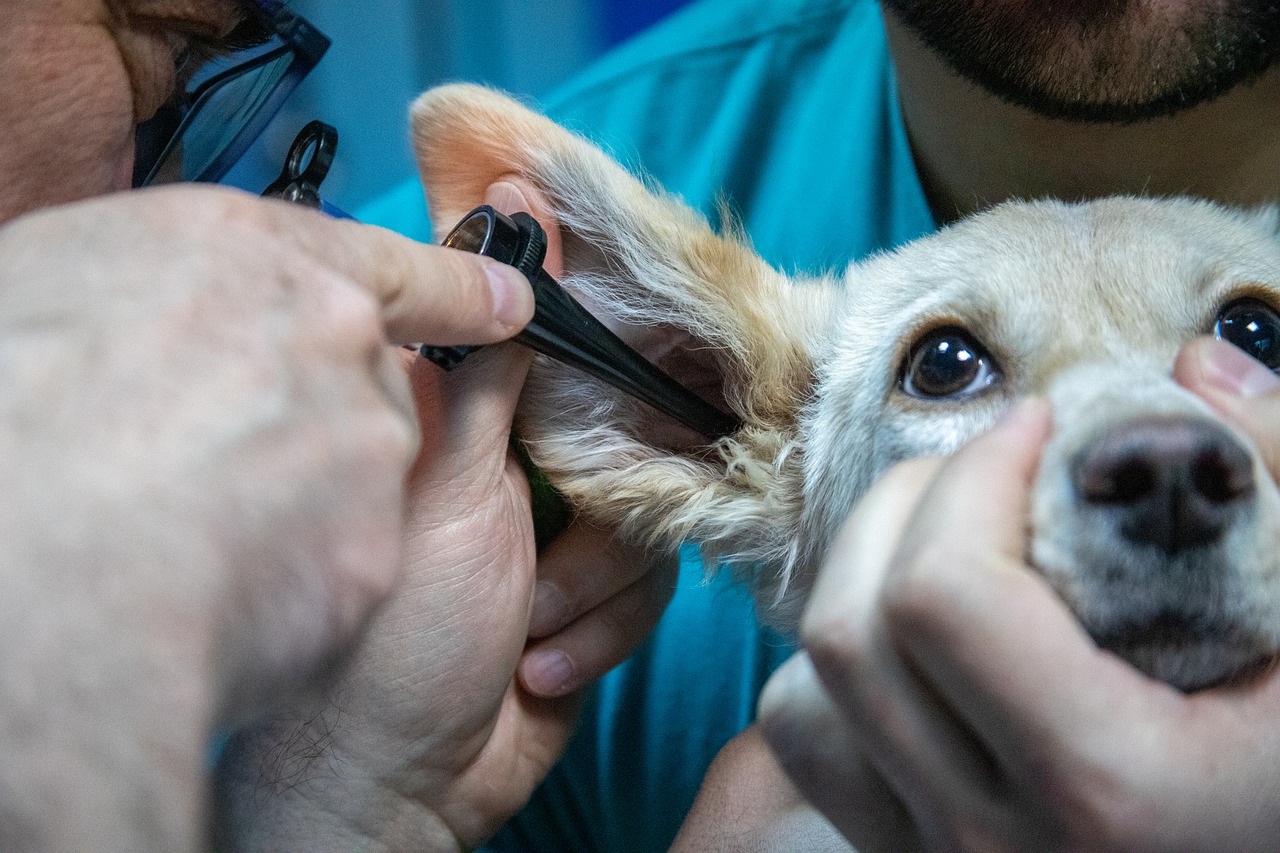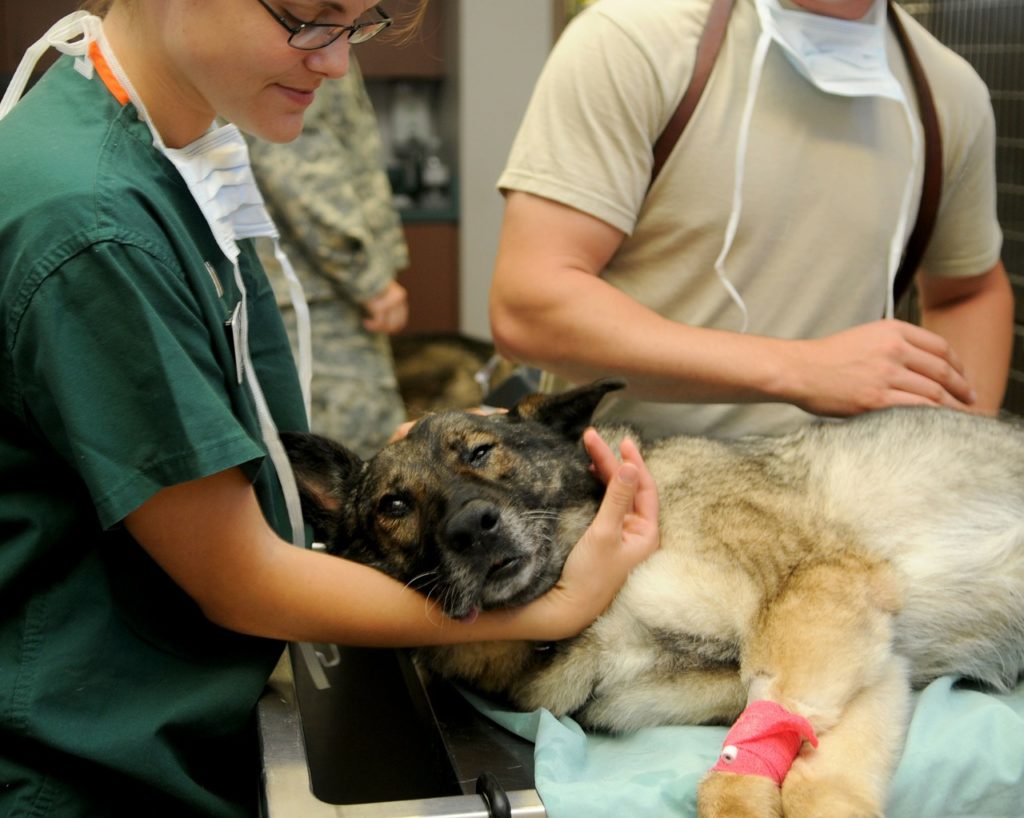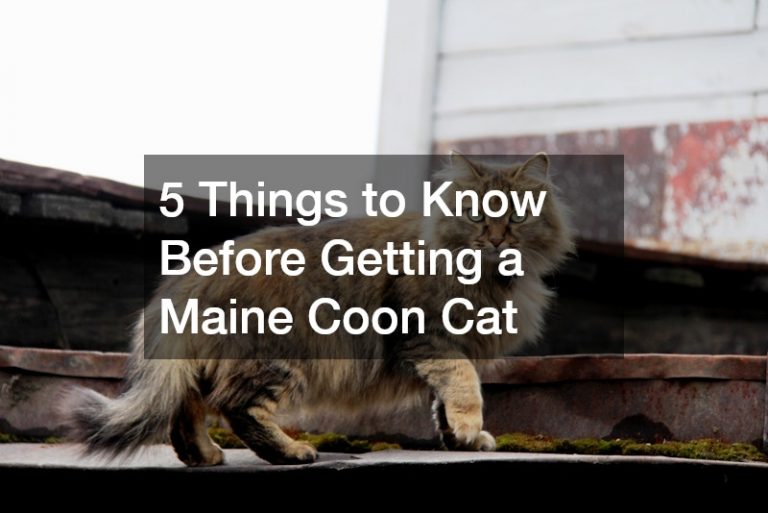When your cat is out of sorts or your parrot isn’t feeling well, you bring them to a vet to make them feel better. Veterinary clinics provide hope and support to pet owners all over the country. Without their services, countless animals will suffer debilitating diseases and injuries.
But vets are in a very risky profession. Working with wounded animals, interacting with distraught people, and constant exposure to ill pets all take their toll on vets.
Practitioners of veterinary medicine and the people who help them encounter many types of hazards. A study reviewed the different dangers they face every day.
Zoonotic Diseases
Zoonotic diseases refer to illnesses that can be transmitted from animal or insect carriers to humans. These diseases usually don’t harm their animal carriers, but they can have grave consequences for humans. They may also be life-threatening events or simple short-term diseases.
Some examples of zoonotic diseases include:
- Parrot fever: Rare in the United States, this disease passes from pet or wild birds, not just parrots.
- Rabies: Most commonly passed from the saliva of infected mammals, rabies is fatal if left untreated.
- Lyme disease: Transmitted through tick bites, Lyme disease can cause speech problems and memory problems even after treatment.
Psychological Stress
 One study of veterinary practitioners investigated the level of stress they experience. More than half of vets experience moderate amounts of stress. Vets not only have to deal with their patients, but they’re also in charge of managing their practices.
One study of veterinary practitioners investigated the level of stress they experience. More than half of vets experience moderate amounts of stress. Vets not only have to deal with their patients, but they’re also in charge of managing their practices.
Supervising shifts, contacting clients, and organizing appointments can be every bit as challenging as the medical aspect of their jobs. But vets can use apps designed to help with veterinary clinic management to reduce the difficulty of running their operations.
As medical practitioners, vets also have to give bad news to pet owners. They may also develop psychological trauma from treating fatal injuries, and working for long hours. Administering euthanasia is also one of the most stressful events a vet can encounter.
Injuries
Vets must deal with injured animals, whether they’re dogs wounded in vehicular accidents or cats with lacerations from fights. These animals are usually panicked and prone to attacking anyone who approaches them. Aggression is also usually an animal’s first reaction to pain, from injections or other medical treatments.
Vets can get bitten by panicked dogs, scratched by angry cats, and pecked by irate birds in the line of duty. Such incidents expose the medical practitioner to painful wounds and diseases.
Exotic animals are sometimes brought to vets for treatment and they can harbor risks that household pets don’t. Snakes could be venomous and wild animals are more likely to be carriers of disease.
Allergens and Chemicals
Vet clinics can be full of substances and chemicals that could have adverse effects on people. Things like animal dander, pollen, and dust particles trigger or cause allergies with enough exposure. Vets also work with chemicals, like anesthetics, formaldehyde, and many types of disinfectants. Even with proper precautions, accidents can still expose vets to these harmful materials.
A vet’s job isn’t easy, but it’s a worthwhile profession. Every pet healed and every animal restored to health brings a smile to someone’s face. Most importantly, these animals get to have a new lease on life.





